With arrows laced with magic, the Arcane Archer Fighter subclass offers some of the coolest flavor in Dungeons & Dragons 5th Edition. Their basic feature, Arcane Shots, are extremely important for the build, and you have to choose the best six for your Arcane Archer. So, let’s talk about which of these magical arrows work best for you.
Arcane Archer is a Fighter Martial Archetype, unlocked at level three. At this point, the Archer gets two Arcane Shots, special attack options that typically allow for a saving throw and negatively affect one or multiple enemies. They get an additional Arcane Shot at level seven, 10, 15, and 18. These archers only get two shots every short rest, so they have to make them count.
The best Arcane Archer Arcane Shots in 5E, ranked
While the Arcane Archer is one of the weakest Fighter archetypes, that is not the fault of Arcane Shots, the best of which heavily debuff a foe while applying solid bonus damage. Since the Archery Fighting Style gives a gigantic bonus to accuracy, extra damage is exceptionally nice.
All Arcane Shots deal 2d6 damage of a specific type and 2d6 bonus damage at level 18. Some arrows deal slightly less bonus damage than this, and we’ll mention that if it does.
8. Enfeebling Arrow
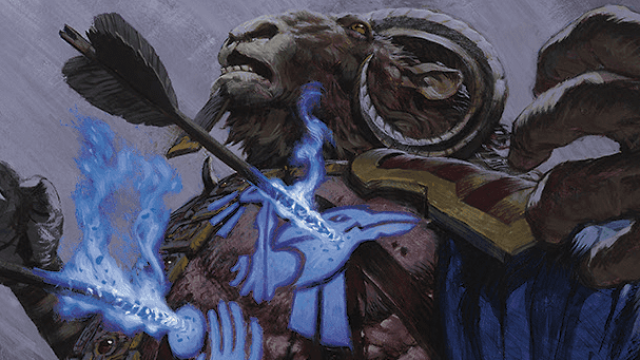
Enfeebling Arrow is an arrow that deals 2d6 necrotic damage and forces a Constitution saving throw. On a failed save, the arrow causes the target to deal half damage with weapon attacks.
This arrow suffers quite a lot from overlap with other arrows. The biggest issue with it is its focus on Constitution saving throws. Any creature that wants to deal damage with a weapon—and that you deem requires a debuff to reduce said damage—is going to have a half-decent Constitution saving throw. Using this to debuff a Barbarian, for instance, isn’t going to be too easy.
The other issue is that Banishing Arrow exists. If you need someone not to deal damage, why not take them out of the fight entirely? That prevents weapon damage and spellcasting damage entirely, rather than halving one type.
This is probably the only arrow that it’ll never be worth taking.
7. Beguiling Arrow
Beguiling Arrow deals bonus psychic damage and allows you to charm a creature to an ally of your choice with a Wisdom saving throw. As is usual for a charm effect, the creature loses the charm if the ally does something hostile to it.
In this arrow’s defense, it is a fairly neat way to handle the debuff. Rather than making it charmed to you, it’s charmed to an ally of your choice. So, you can target your Wizard to prevent the enemy Ogre from tearing them in half.
As long as the initiative lines up correctly, this can be an excellent way to keep an ally alive. Since the charm only lasts a turn, all allies can fight the creature without the target being in specific danger. Then, if the enemy goes before the ally, your ally might as well deal damage to them at that point.
However, charmed is a fickle beast. Technically, a charmed creature can include your ally in the range of a Fireball without breaking the rules. This is definitely a harsh reading of the rules, but it is a possible one.
It also doesn’t prevent the creature from just kicking anyone else into a pile. Sure, you protected the Wizard, but now the Warlock is looking like a tasty snack for that recently charmed Ogre.
It’s usually a safer bet to go with Banishing Arrow if you need someone to stay out of the line of fire for a turn. Too much needs to go right for this to be an improvement over the most consistent option.
6. Piercing Arrow
Piercing Arrow deals 1d6 extra piercing damage instead of 2d6 but also turns the arrow shot into a 30-foot-long line, which deals damage to each creature. It upgrades to deal 2d6 bonus piercing damage at level 18.
Fighters have very few options for area-of-effect damage in 5E, usually having to rely on the party Sorcerer. When a swarm of enemies appears, the Fighter usually just has to pick their least favorite goblin and pluck away at each one individually.
Piercing Arrow changes that by changing your bow into a line attack. This can be an impressive area of effect, especially if you find a magical bow with extra damage. For instance, a +3 Longbow with a 20 Dexterity archer can deal 1d8+2d6+8 at level 18—an average of 20 damage. Not terrible since it’s only one of your Attacks.
However, line attacks are weaker than explosions by nature. Being able to hit more than two characters with this line is a miracle. In addition, you can’t use many attack roll-based feats with this ability. Specifically, Sharpshooter doesn’t apply. So, you’ll be losing a huge advantage for the Fighter by firing this arrow type.
While this might seem enticing for a Fighter who desperately wants to deal area-of-effect damage, it doesn’t quite stack up to your party members’ capabilities.
5. Bursting Arrow
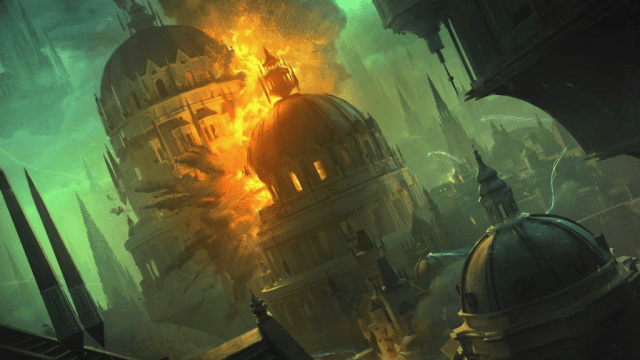
Bursting Arrow fires a bolt that explodes, dealing 2d6 force damage to the target and creatures within 10 feet of it.
This arrow is, arguably, a stronger option than Piercing Arrow. The damage is guaranteed since it doesn’t allow a saving throw. In a tightly packed group of enemies, this can easily deal it’s seven (to 14) average damage to multiple targets, making for an excellent turn.
That being said, we’re not talking about Fireball here. This is a 10-foot burst that must target and hit an enemy. Your foes need to be basically cuddling for warmth if you want this to be a highly damaging attack.
In addition, unlike the other arrows, this isn’t extra damage. That means its damage isn’t multiplied on a critical hit. Not a huge deal since you’re not taking this arrow to deal high single-target damage, but it’s still a bit of a bummer.
4. Seeking Arrow
Seeking Arrow is a unique Arcane Shot that forces a target you’ve seen within the last minute to make a Dexterity saving throw or be hit by the arrow, plus 1d6 bonus force damage, and have its location revealed to you. Its bonus Force damage improves to 2d6 at level 18.
Fighters have very, very limited answers to an enemy turning invisible. Typically, you just give puppy-dog eyes to your Bard and hope they can reveal things for you.
This arrow changes things. Since it is a saving throw rather than an attack roll, you can simply send it on its way and rely on the saving throw to deal damage. It’s also a way to deal half damage with an arrow, which is fun.
The ability to reveal a creature without making an attack roll is very helpful for a Fighter and their party. It’s no more likely to put the enemy in a situation where they’re always hit by Fireballs or other areas of effect.
There are downsides, of course. No attack roll means no Sharpshooter, just like Piercing Arrow, so damage is low. It also requires that you see the creature first, meaning a creature that begins a fight while Invisible is immune to your shot.
A cool answer to invisibility that the Fighter really likes, but it’s not a catch-all.
3. Shadow Arrow
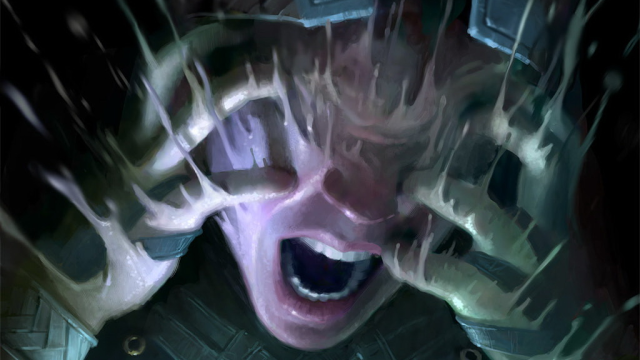
Shadow Arrow reduces the sight of an enemy to five feet with a Wisdom saving throw, as well as dealing bonus psychic damage.
Reducing sight is a damning effect, forcing creatures to either use effects that don’t target or wade into melee to be able to target effectively. Spellcasters and long-ranged enemies will suffer quite greatly with this ability since targeting is where a lot of high-power spells come from—like Hold Person or Eldritch Blast—and disadvantage on all ranged attacks is very potent.
Banishing Arrow is a more effective way to guarantee no damage coming from the enemy since it removes the character from the fight entirely and targets Charisma saving throws instead of the widely-used Wisdom save. However, this ability allows the target to be damaged while it is blinded. And, since they can’t see very far, you have advantage on attacks against them.
A solid crowd-control option that doesn’t quite match the next level.
2. Banishing Arrow
Banishing Arrow does no additional damage until level 18 but instead sends the target to a Feywild Pocket for a turn if they fail a Charisma saving throw.
Charisma saving throws are pretty weak all-around, with even casters not getting a high bonus without some help.
Having a high chance to put someone away is excellent. Pocketing a Cleric means they can’t heal or buff their big bad boss, giving you more time to deal damage to them. Putting away a Legendary creature can give you time to deal with their minions without dealing with Legendary Actions.
This arrow technically has the same defensive utility as the Banishment spell—by teleporting an ally to safety with a shot. But that would require you to hit them with an arrow. So, this doesn’t quite emulate Banishment.
However, a Fighter having the ability to send someone out of a fight—and not even spend their entire turn doing so—is very potent and should be a consideration early on for the Arcane Archer.
1. Grasping Arrow

Grasping Arrow is the strongest Arcane Shot option in 5E.
Grasping Arrow reduces the target’s speed by 10, deals 2d6 poison damage, and deals 2d6 slashing damage if the target tries to move at all without teleporting. The brambles last for a minute or can be cleared with an Athletics check as an action. Both instances of damage improve at level 18.
This innocuous ability hides very sinister motivations. Grasping Arrow’s brambles stick around for a full minute and can deal its damage every turn that a target tries to move. That means that if your allies push them around with options like a Warlock’s Repelling Blast or a Druid grabbing them and pulling them, this can deal its 2d6 or 4d6 damage every single round. That’s a fairly large damage increase for each character’s turn.
And everything here doesn’t allow a saving throw. Instead, the target needs to spend an action to try and clear the brambles, which is an Athletics check. Few creatures can realistically remove these without proficiency in Athletics. That’s not exactly rare, but you don’t have to use this to lock down the biggest guy in the fight. And, even if they succeed on clearing the brambles, they just spent an action to undo what you did in a single attack.
This has some downsides, but not many. Teleportation ignores the damage but keeps the brambles online. The crowd control is minuscule, but the damage more than makes up for it.
This is an annoying arrow to deal with and a big reason to pick up Arcane Archer.


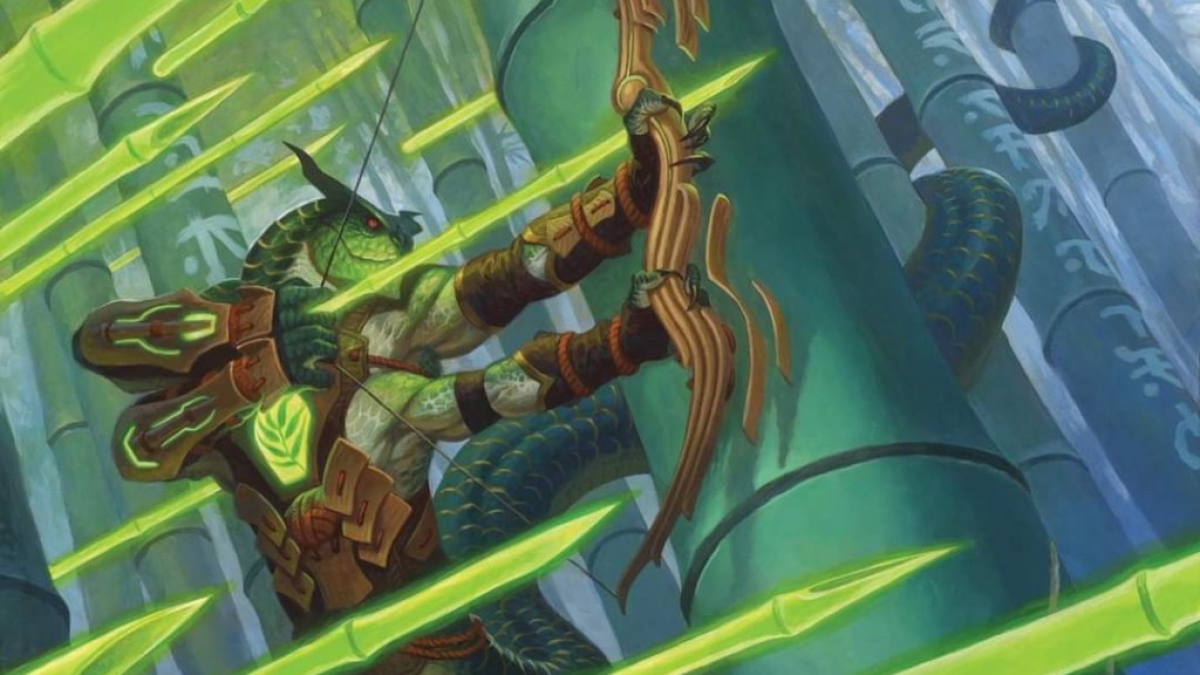
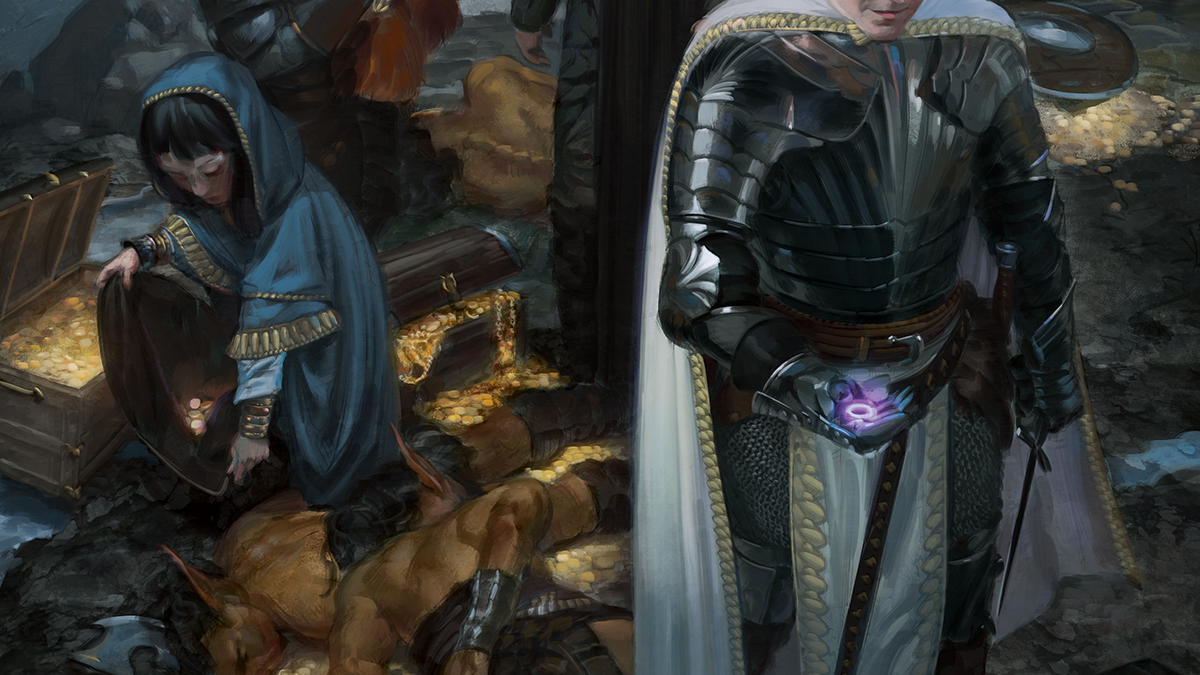

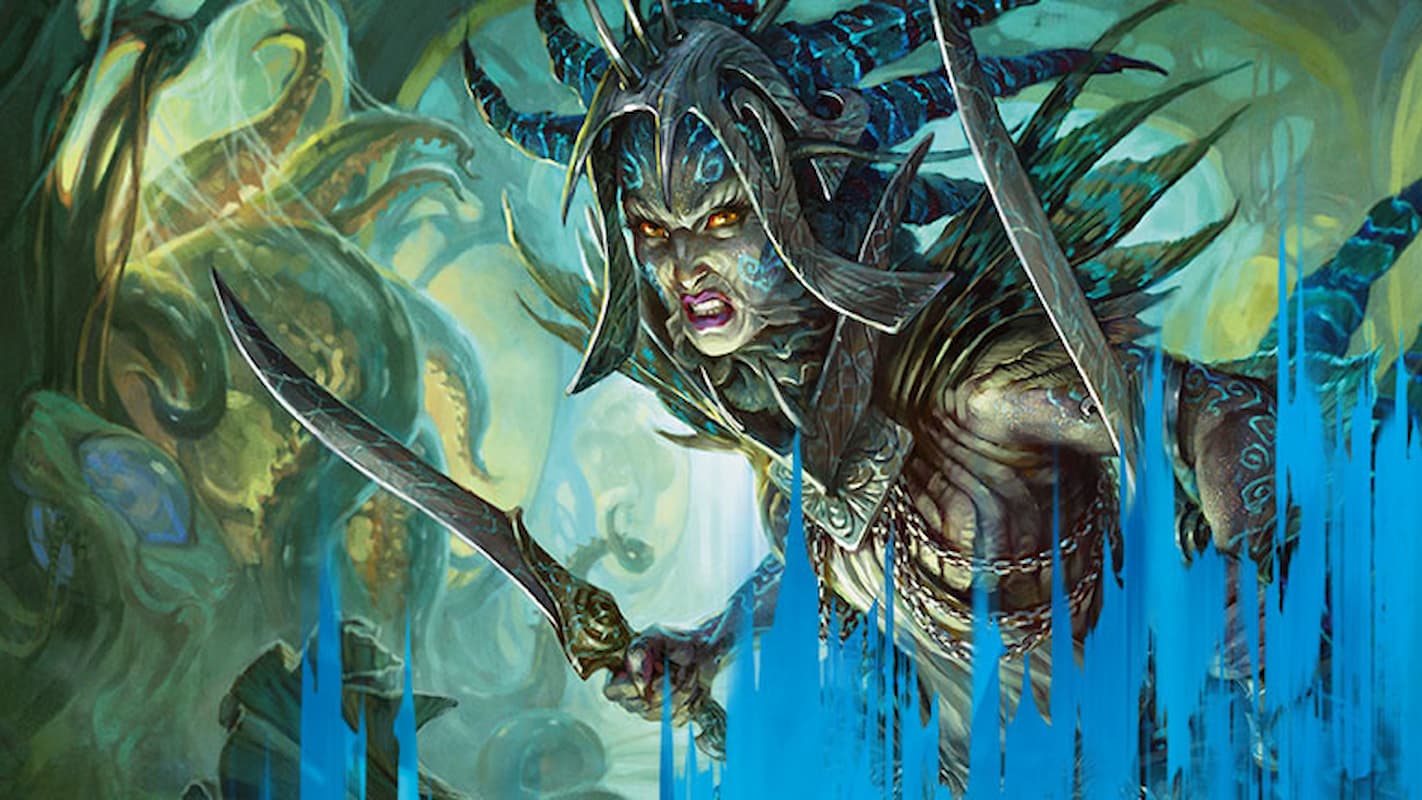
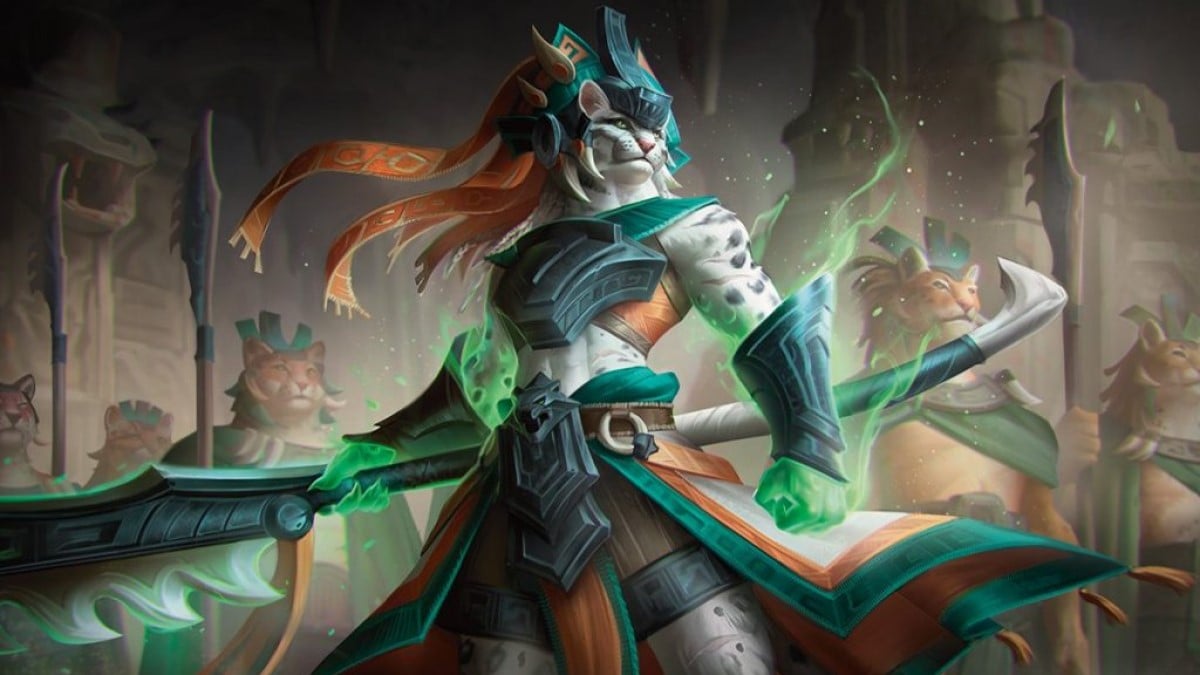
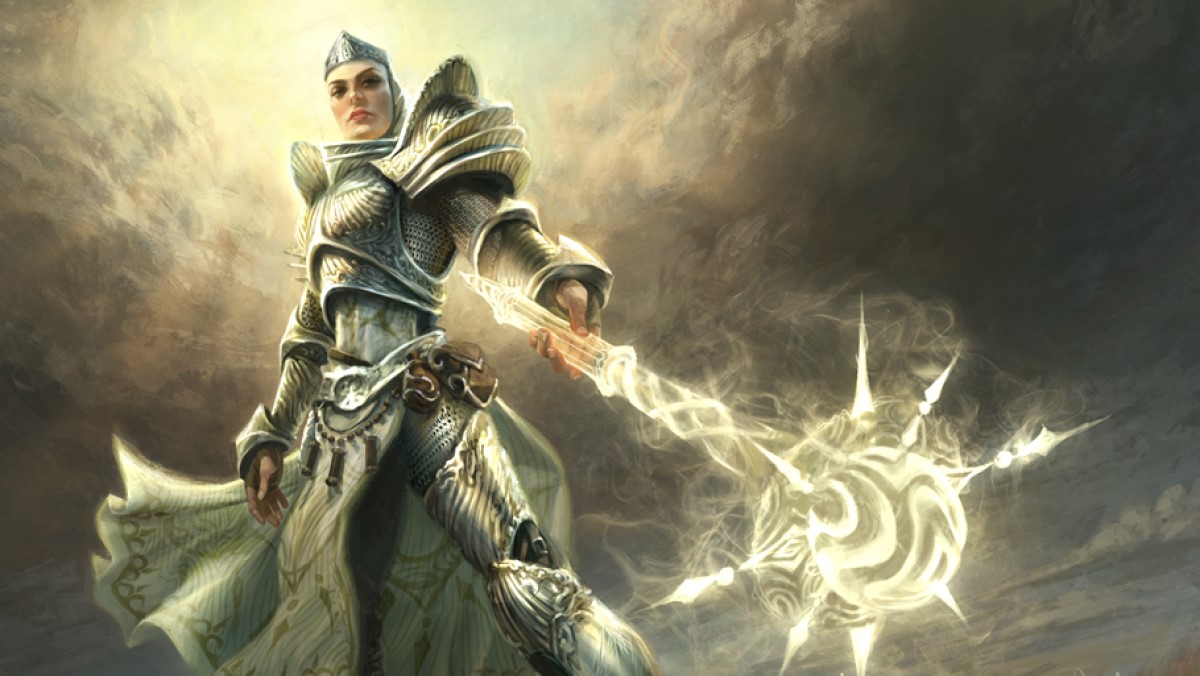


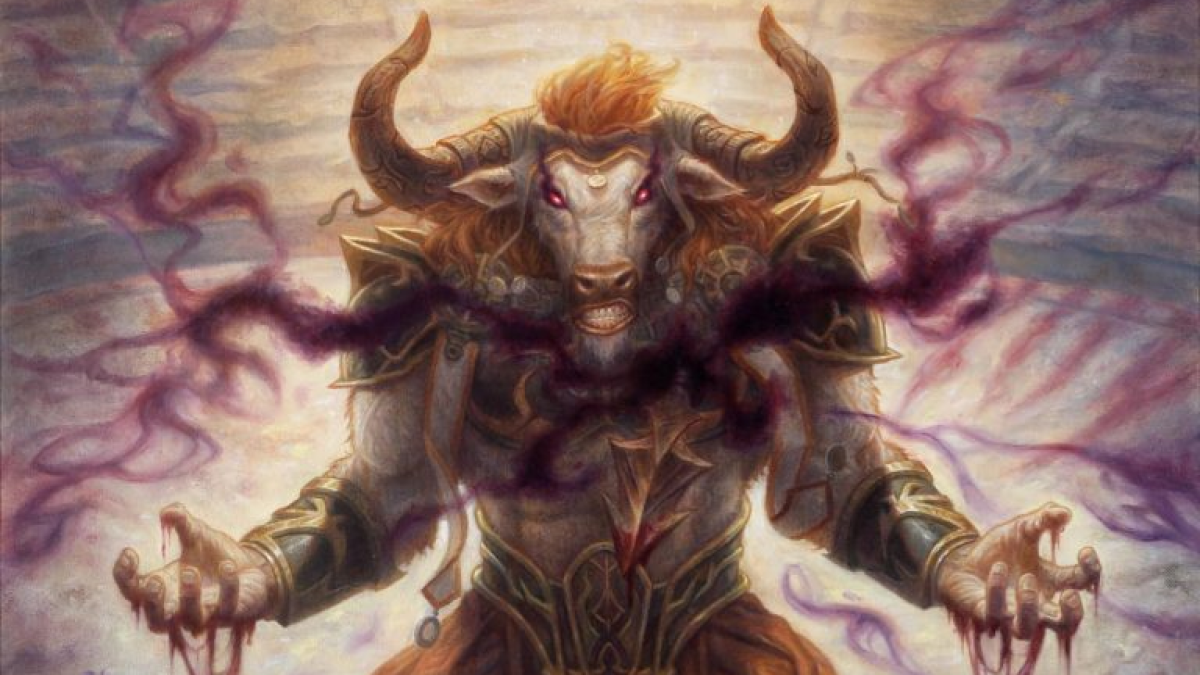

Published: Oct 14, 2023 10:16 am